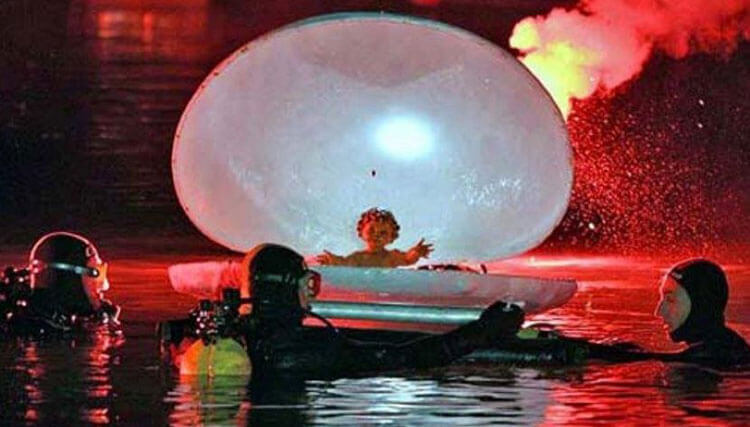Getting ready for Christmas Lunch
Christmas is a deeply felt religious festivity in Liguria. Once upon a time, preparations for the Holiday Season would begin well in advance on the 11th of November, when farmer families would start to accumulate stocks for the winter and to taste Vino Novello paired with caldarroste (roasted chestnuts). Later on, peasants would sacrifice a pig in the occasion of the day of Santa Lucia on 13th December: the bones were preserved in salt to eventually prepare a dish with black cabbages; the head would be kept for consumption with corn focaccia or farinata after midnight’s Christmas mass; while the blood was used to make sanguinaccio sausages (called berodo in Ligurian) to be paired with ravioli for the day of Santo Stefano on 26th December. Today’s Italian tradition of eating deli meats such as cotechino and zampone during the Holiday Season originates from that peasant custom of sacrificing the pig.
Returning to the past, the proper Christmas rituals would begin on la Vigilia di Natale (24th December). The women would embellish the house with simple decorations made of bay laurel, juniper berries, olive twigs, walnuts and hazelnuts. Still today, the laurel in Liguria is a symbol of good luck and is the plant traditionally linked to the Holiday Season, because it was once the quintessential Christmas tree. Also, a stump of bay laurel would be placed on the Yule log to burn until the New Year, to symbolize the end of the old year and the advent of the new one.
The pandolce – Liguria’s typical Christmas cake – was prepared on the morning of Christmas Eve. On this day, lunch and dinner were light: a cup of broth, boiled cabbage accompanied by farinata and homemade bread. This was to get you ready for the following day!
Christmas lunch began in the afternoon and continued until evening. The head of the family would be the last to take a seat at the table after closing the front door to symbolize that from that moment, the family peace should not be disturbed for any reason. There were some propitiatory items that could not miss on the table: a heather bunch that had been blessed during the midnight mass, a handful of salt, and two white bread rolls (one for the poor and one for the animals).
Still today, Christmas lunch features natalini in brodo (long macaroni in capon broth with small meatballs or bite-sized sausage), boiled capon served with mustard, and pandolce. For more typical dishes and recipes, read “Liguria at Christmas: local blogger recipes”.
Many end the lunch with family games such as tombola and mercante in fiera.
Christmas Markets & Nativity Scenes
There are many events that take place across Liguria from early December all the way to the Epiphany on 6th January, such as street markets, food festivals, religious occasions and events for children. Examples are Giuele’s Christmas Village in Finale Ligure, and delightful seasonal markets in Genoa, Rapallo and Bordighera.

One of the most characteristic things of the Holiday Season is the Presepe, or Nativity Scene, which can be artistic (presepe artistico) or “living” (presepe vivente) i.e. reenacted by real people. The Gulf of Poets features some unusual creches: the striking Nativity Scene in Manarola (Cinque Terre) made with 15.000 lights and the Underwater Christmas in Portovenere. Discover Liguria’s most beautiful nativity scenes here.
Every year on the last Saturday before Christmas, some towns like Genoa and Savona celebrate the Confeugo, an old tradition of the Republic of Genoa in the 14th century, when the city folk used to pay tribute to the Doge with the gift of a trunk of laurel decorated with red and white ribbons, which would then be burned as the ember was considered as a good luck charm.
The Holiday Season ends with the Epiphany on the 6th of January, also popularly known as Giorno della Befana. You can learn more about this Italian tradition and how it’s celebrated with local events in the Gulf of Poets in the article “It’s Befana time in Liguria”.
Sources
www.liguriainfesta.com
www.wineandfoodtour.it
rivieradeibambini.it
Cover Photo by Città di Lerici – Assessorato Promozione Turistica lericicoast.it
Discover more from Discover Portovenere Blog
Subscribe to get the latest posts sent to your email.